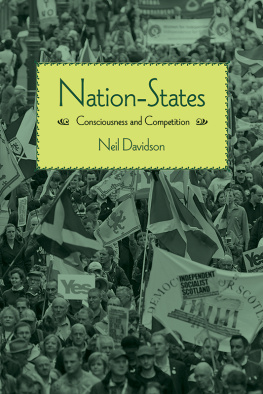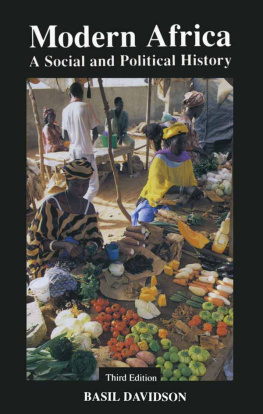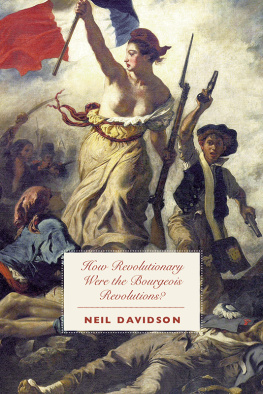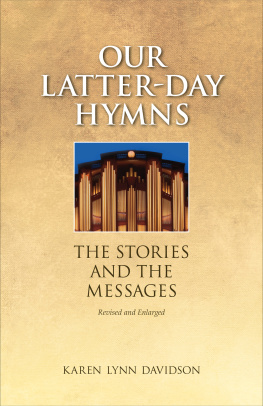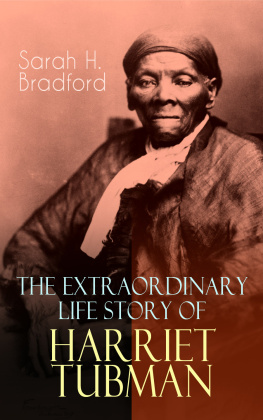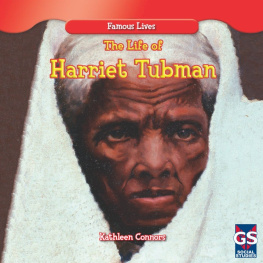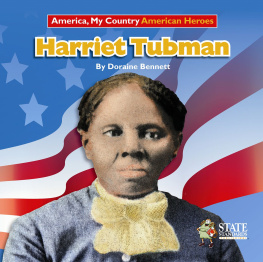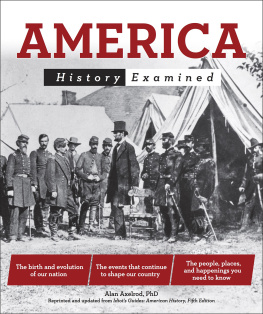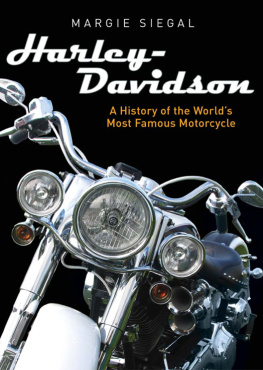A Little History of the United States
JAMES WEST
DAVIDSON
A LITTLE HISTORY
of the
UNITED STATES


Lines from I Have a Dream and Address to 1st Montgomery Improvement Association (MIA) Mass Meeting, at Holt Street Baptist Church by Martin Luther King, Jr., reprinted by arrangement with the Heirs to the Estate of Martin Luther King, Jr., c/o Writers House as agent for the proprietor, New York, NY. 1963 Dr. Martin Luther King, Jr. renewed 1991 Coretta Scott King.
Published with assistance from the Kingsley Trust Association Publication Fund established by the Scroll and Key Society of Yale College.
Published with assistance from the Louis Stern Memorial Fund.
Copyright 2015 by James West Davidson.
Illustrations by Gordon Allen.
Maps by Bill Nelson.
All rights reserved.
This book may not be reproduced, in whole or in part, including illustrations, in any form (beyond that copying permitted by Sections 107 and 108 of the U.S. Copyright Law and except by reviewers for the public press), without written permission from the publishers.
Yale University Press books may be purchased in quantity for educational, business, or promotional use. For information, please e-mail (U.K. office).
Designed by Sonia L. Shannon.
Set in Minion type by Integrated Publishing Solutions.
Printed in the United States of America.
ISBN: 978-0-300-18141-8 (hardback; alk. paper)
Library of Congress Control Number: 2015935963
A catalogue record for this book is available from the British Library.
This paper meets the requirements of ANSI/NISO Z39.481992
(Permanence of Paper).
10 9 8 7 6 5 4 3 2 1
For W.E.G., M.H.L., M.B.S., C.L.H., and B.DeL.,
who have shared the walk through Elysian fields
Contents
Maps
INTRODUCTION
Making History
HOW DO YOU MAKE HISTORY? Most of us think in terms of someone changing the course of events by performing deeds that will endure in human memory. Thats making history by living it.
Im someone who makes history another way: I write it. As a historian, its my job to discover the details of the past and make sense of them.
Making history by living it seems exciting, vital, even dangerous. The greatest of those who do are often honored, sometimes denounced, always remembered. The people who write history, on the other hand, are mostly invisible. They inhabit a world of libraries filled with old books, fading photographs, and dog-eared records. Indeed, writing history and living it seem to belong to two different worlds. Yet those worlds are tied together more closely than might first appear.
Consider two men who grew up in the early part of the twentieth century. Michael King was born in 1929 in Atlanta, Georgia, during the hard times of the Great Depression. His father, a preacher, nicknamed him Little Mike (the father, of course, being Big Mike). Mike was a boy of strong emotions. When his grandmother died of a heart attack, he was filled with such grief that he threw himself out the second-story window of his home. (Fortunately, he was not badly hurt.) But he grew up with high spirits, too. Entering college, he had a reputation for liking parties, flashy sport coats, and two-toned shoes. It is probably safe to say that history was not his first love.
Yet there was another side to him. For all the parties, he did read about the past. One library book that set him thinking was Henry David Thoreaus On Civil Disobedience, written in 1849. Thoreau talked about whether an American citizen could ever be justified in disobeying the laws of his nation. Even when Michael King was only five years old, his father exposed him to history in a very personal way. Big Mike decided that he would rename both himself and his son after one of his own heroes, the German religious reformer Martin Luther. From then on, Michael King, Jr., became Martin Luther King, Jr.and went on to make history as the most famous leader of the civil rights movement. In fact, he became one of the most famous people in American history.
Halfway around the world from King, Valentine Untalan grew up in the Philippines. During World War II he joined the army to defend his nation from a Japanese invasion, fighting side by side with American forces. On the Bataan Peninsula Untalan was captured and then herded along with thousands of other Filipinos and Americans onto a huge field. There Japanese guards announced that the prisoners were going to march to the city of Manila, where they would be housed temporarily in hotels.
The last thing on Val Untalans mind was whether he was making history. He merely wanted to stay alive and knew he had to escape. The prisoners grueling journey later became known as the Bataan Death March; thousands of soldiers died. It took Untalan four tries, but he finally evaded the Japanese, reached his village, and returned to the fight. After the war he moved to the United States, became an American citizen, made a career in the army, and raised a family. I know his story because years later I married one of his daughters.
Martin Luther King, Jr., you have heard of; Valentine Untalan most likely not. Yet both men made history by living it, in large ways and small. Neither could have imagined, when they were young, how reading history would change their lives. But it did. When Val Untalans Japanese captors announced the march to Manila, he recalled, I had read a history of World War I, with all its horrible scenes and acts of cruelty; and I said to myself, they are not taking us to any hotel! When Martin Luther King thought about ending the injustice of segregation, he was struck by how Thoreau had chosen jail rather than support a war that would spread slaverys territory into Mexico.
Is it possible to say that because Valentine Untalan read history, he saved his own life? That would be too simple. Ingenuity, determination, and sheer endurance all played a part. Is it possible to say that because Martin Luther King read history, he lost his life to an assassins bullet, even though he brought greater freedom to millions of Americans? That, too, oversimplifies. King did not decide to risk death for a noble cause just because he read a book.
But both men used their knowledge of history to make history. And when you think about it, history shapes our lives in a thousand different ways. Our very identitywho we say we areis really nothing more than a history of ourselves. This personal history is made up of what we have done and where we have been and what we have read. We construct itwe make our own historyout of vivid personal memories and from the stories passed along by parents and relatives. We make history out of the lore of the sports teams we join, out of the Internet pages we link toand yes, we even get it from history books describing the life of a nation.
This book is a history of how the United States came to be. The tale is remarkable, spanning over five hundred years. It describes how one nation spread across a continent filled with an enormous variety of peoples. And it explains how they came to unite under a banner of freedom and equality. The motto of the United States is the Latin phrase E pluribus unum: Out of many, one. The Founders who declared the nations independence insisted that its citizensin fact, all humankindhad been created equal and possessed the right to Life, Liberty and the pursuit of Happiness.
Next page



